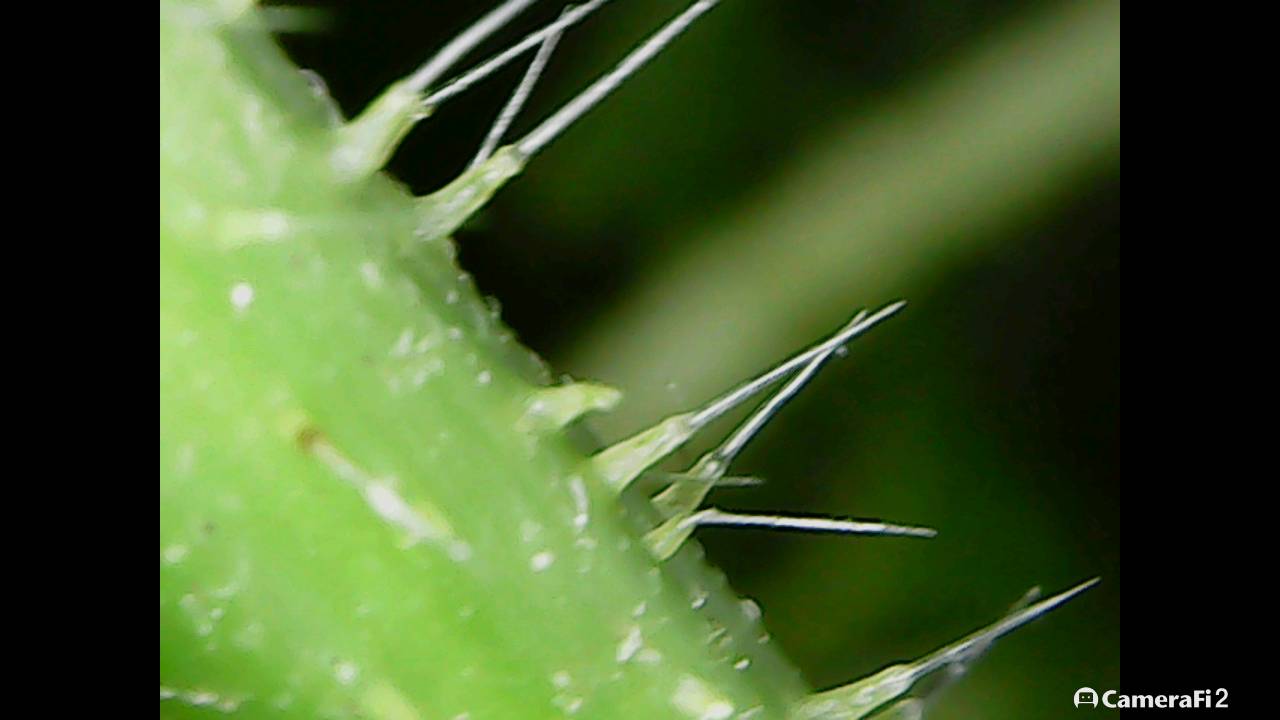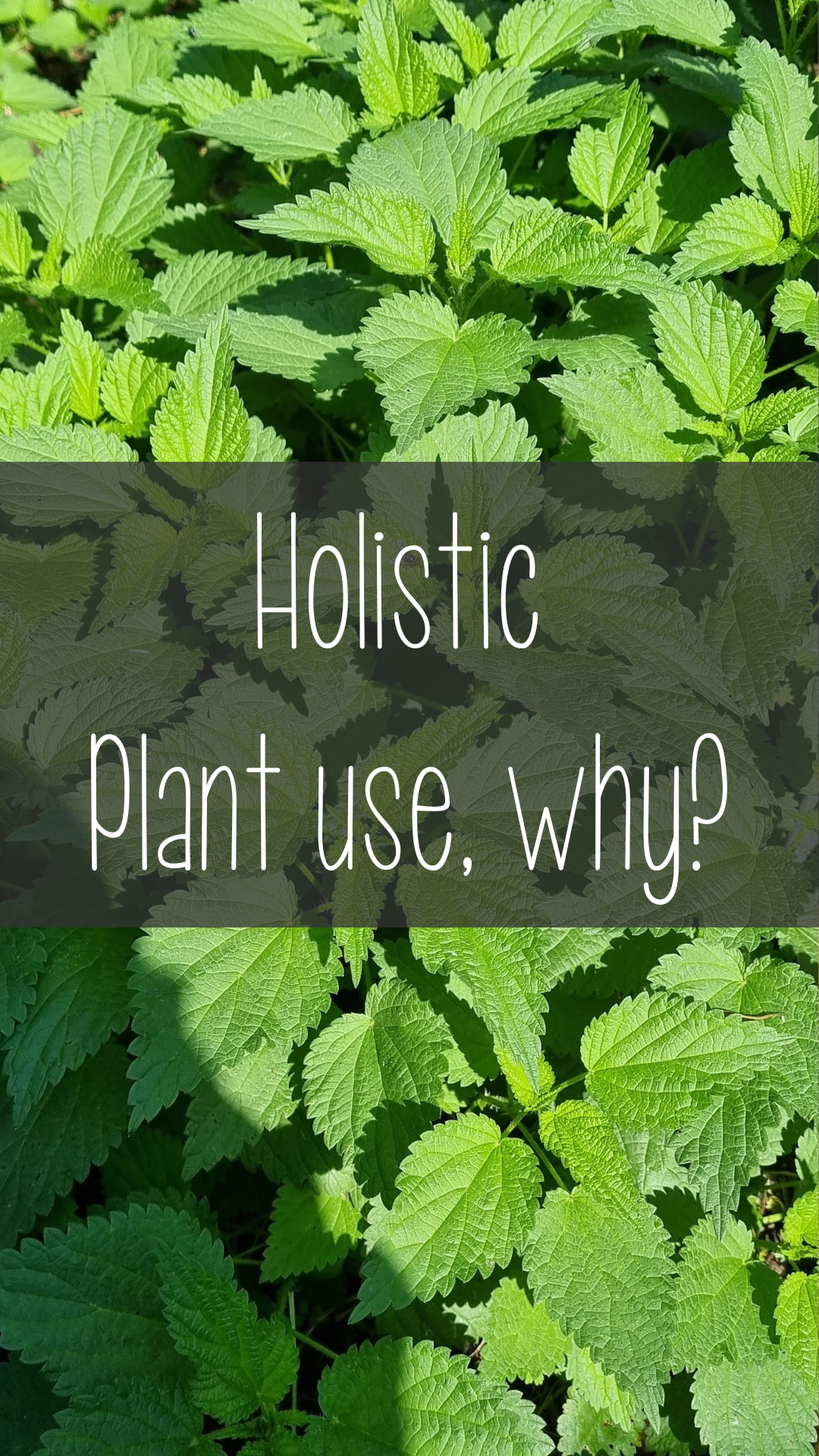Formic acid in stinging nettle

Whatch our video of what stinging Nettle is great for
What we use stinging nettle in Face creams & Toner for pimples
Formic acid
Also known as methanoic acid, is a naturally occurring compound found in various plants and insects. Some examples of plants and insects that contain formic acid include:
- **Ants**: Formic acid is famously associated with ants, particularly those in the Formicidae family. Ants produce formic acid as a defense mechanism, using it to deter predators or attackers.
- **Stinging Nettles**: Certain species of stinging nettles, such as Urtica incisa, contain formic acid. Contact with these nettles can result in skin irritation and a burning sensation due to the formic acid present in their stinging hairs.
- **Bees and Wasps**: Formic acid is found in the venom of some bee and wasp species. When these insects sting, they inject venom containing formic acid into their victims, causing pain, swelling, and other allergic reactions in some individuals.
- **Some Fruits**: Small amounts of formic acid can be found in certain fruits, including citrus fruits like oranges and lemons. However, the concentration of formic acid in fruits is typically low and not harmful when consumed in moderation.
- **Some Plants and Trees**: Formic acid can be produced by certain plants and trees as part of their natural metabolic processes. While not all plants contain formic acid, some may produce it in small quantities.
It's important to note that while formic acid can be found in these plants and insects, its presence is generally in low concentrations and may not pose a significant risk to human health unless encountered in large amounts or by individuals with specific sensitivities or allergies. As with any natural compound, proper handling and caution are advisable when dealing with plants or insects known to contain formic acid.




Comments
Bloom chemag —
BloomChemAG offers high-quality Formic Acid that is essential for various industries such as agriculture, textile, and leather. Our Formic Acid is a colorless, pungent liquid with a wide range of applications including preservatives, tanning agent, and pH regulator. Purchase our Formic Acid today to experience its effectiveness and versatility in your specific industry.